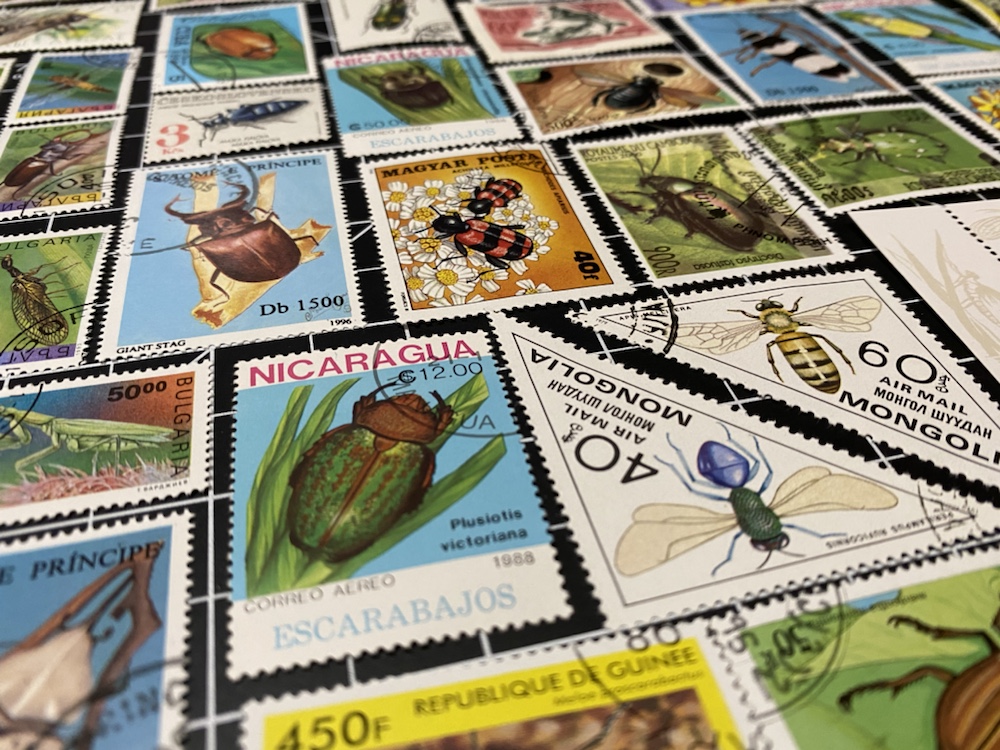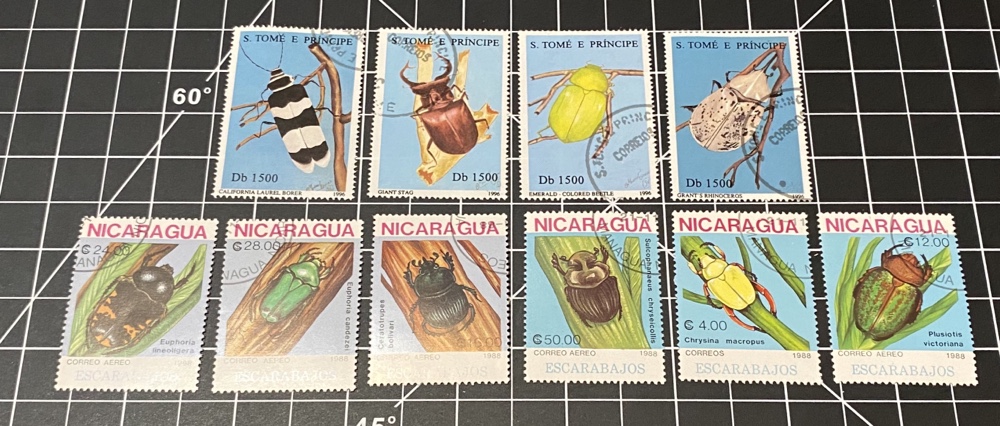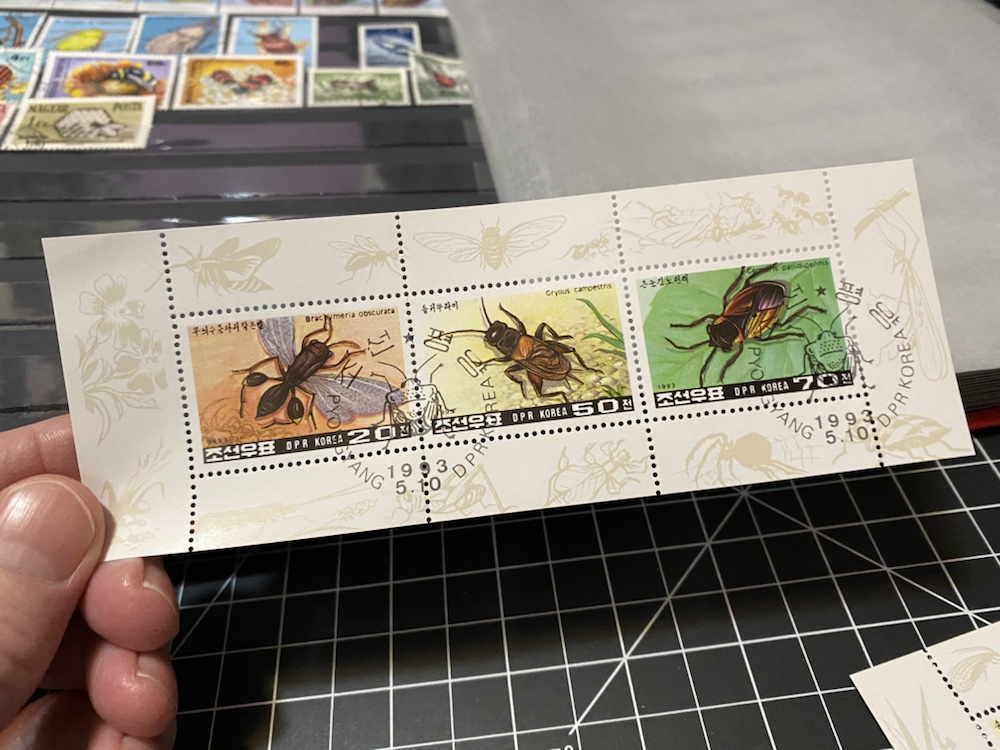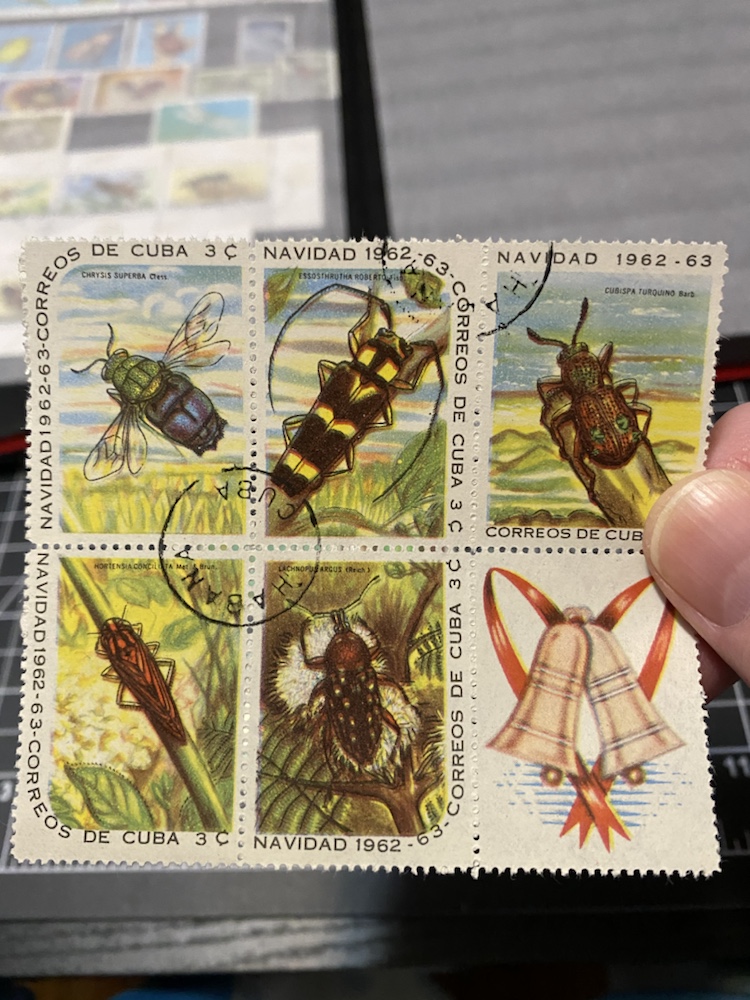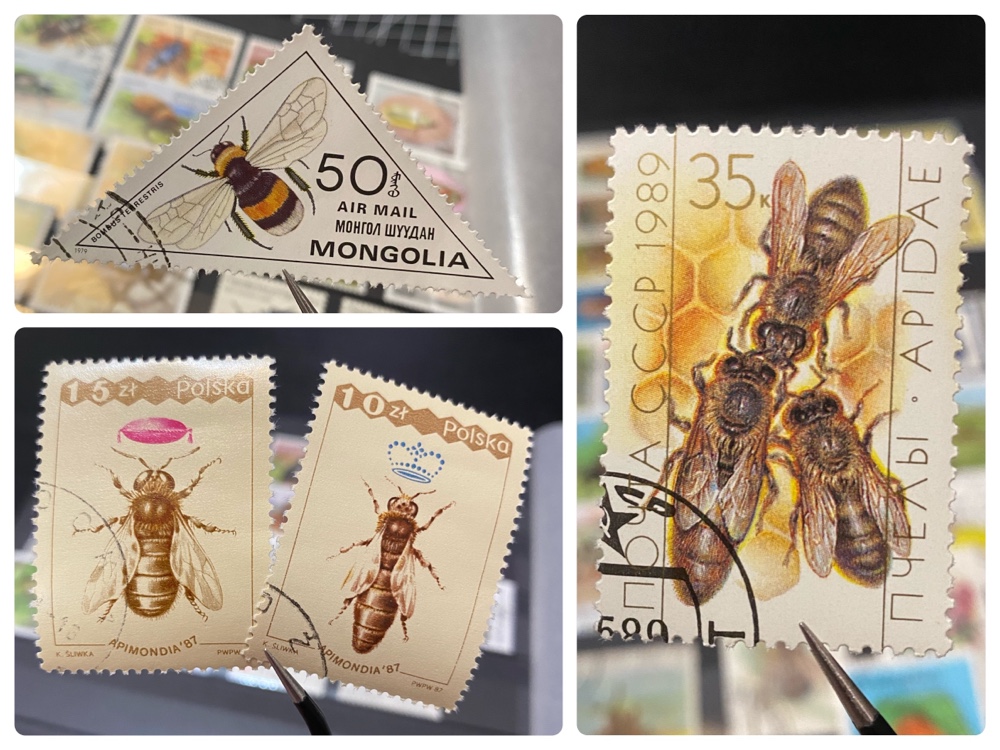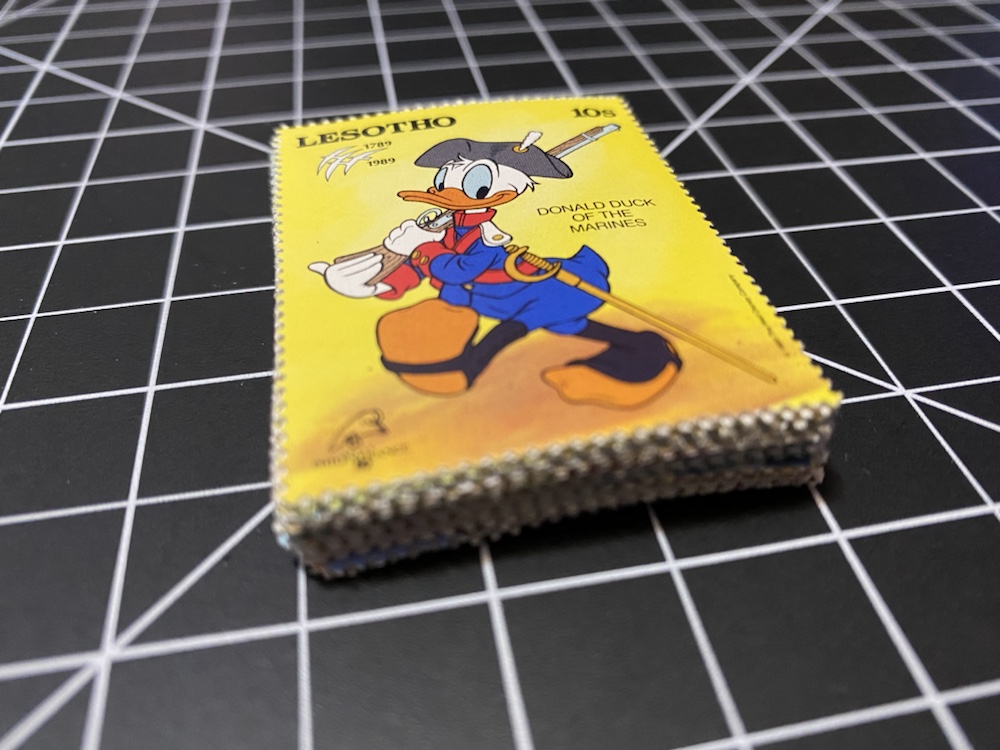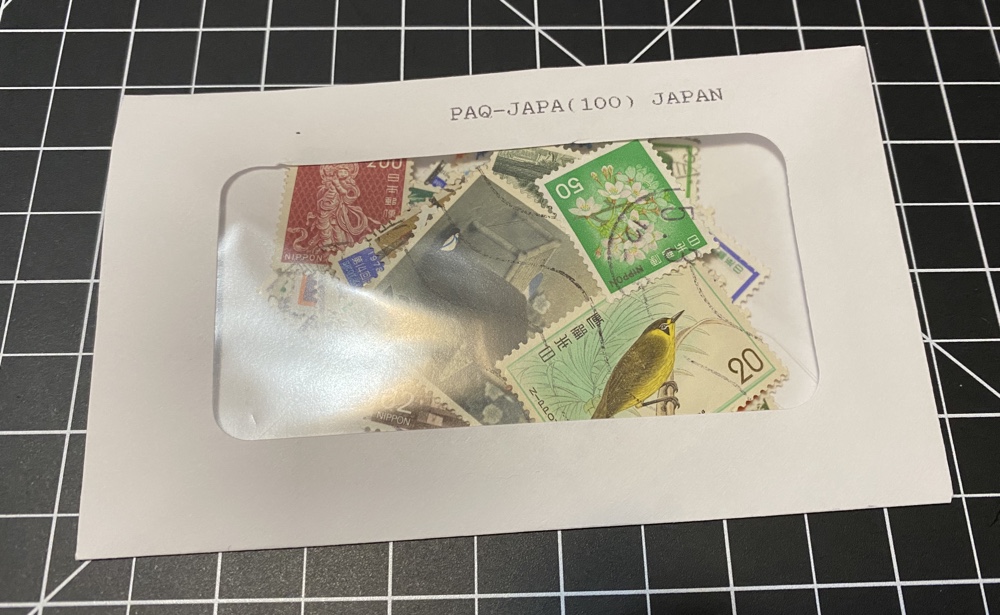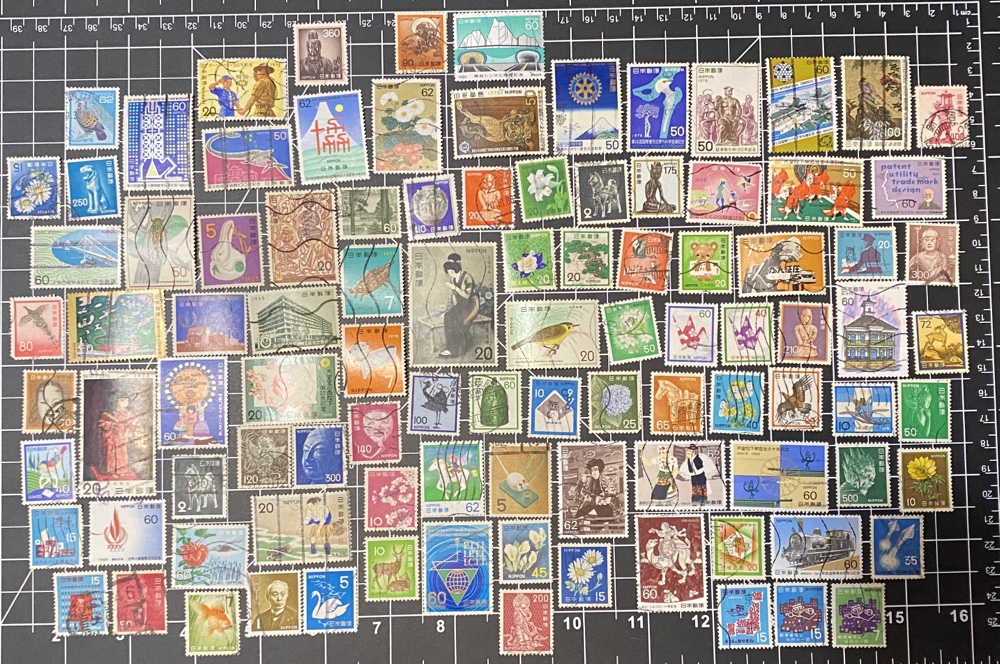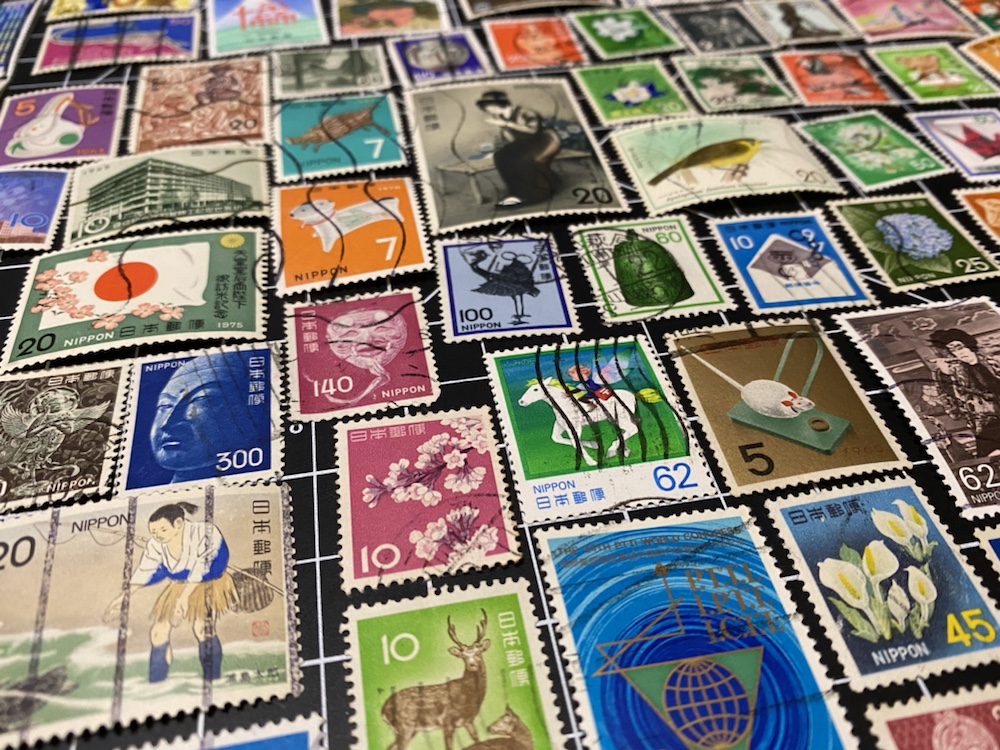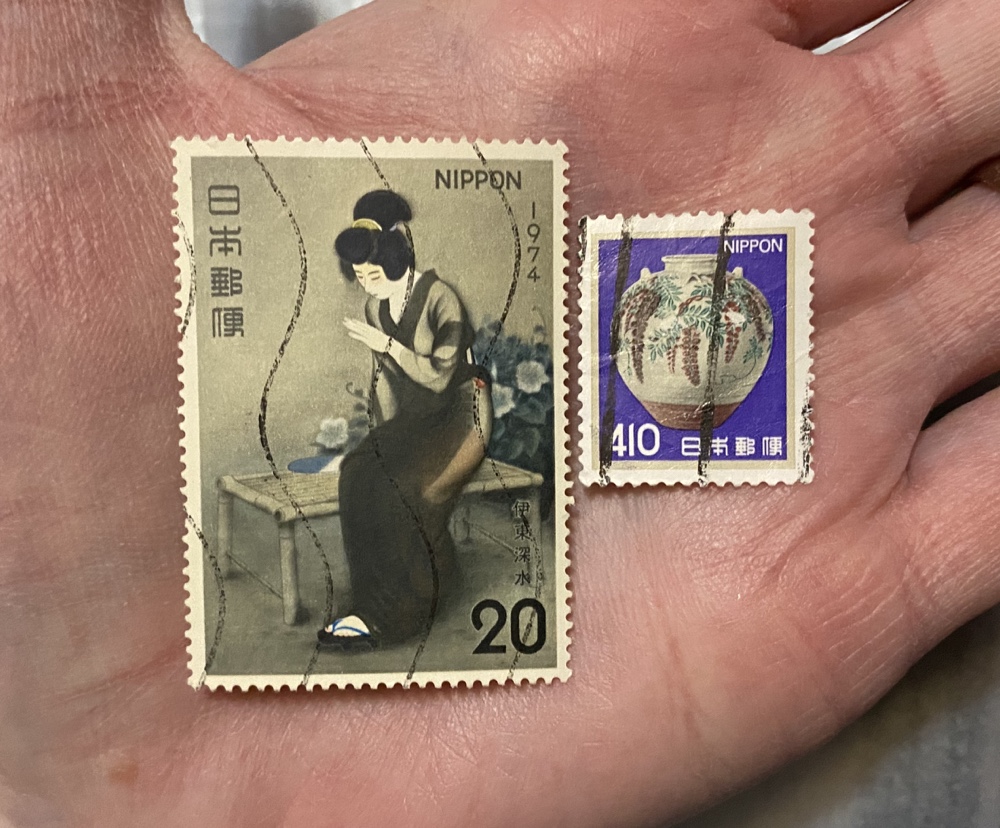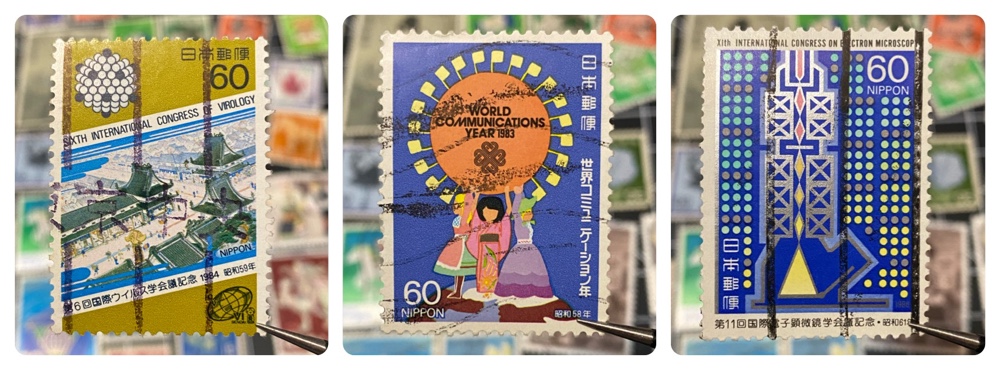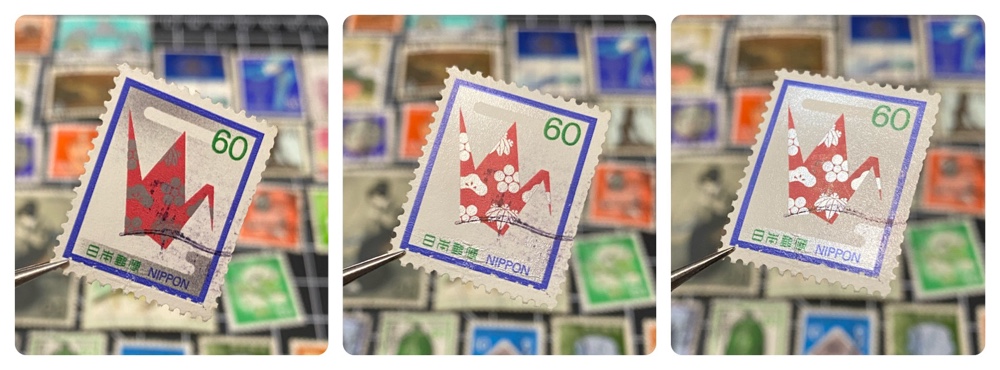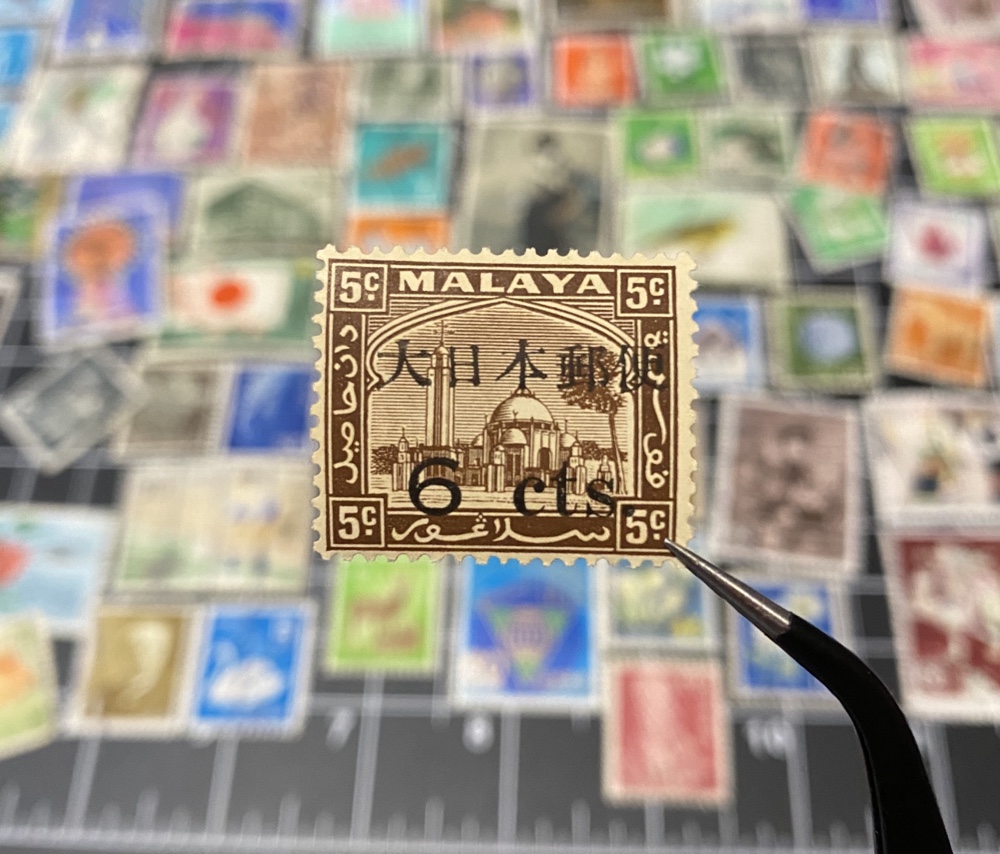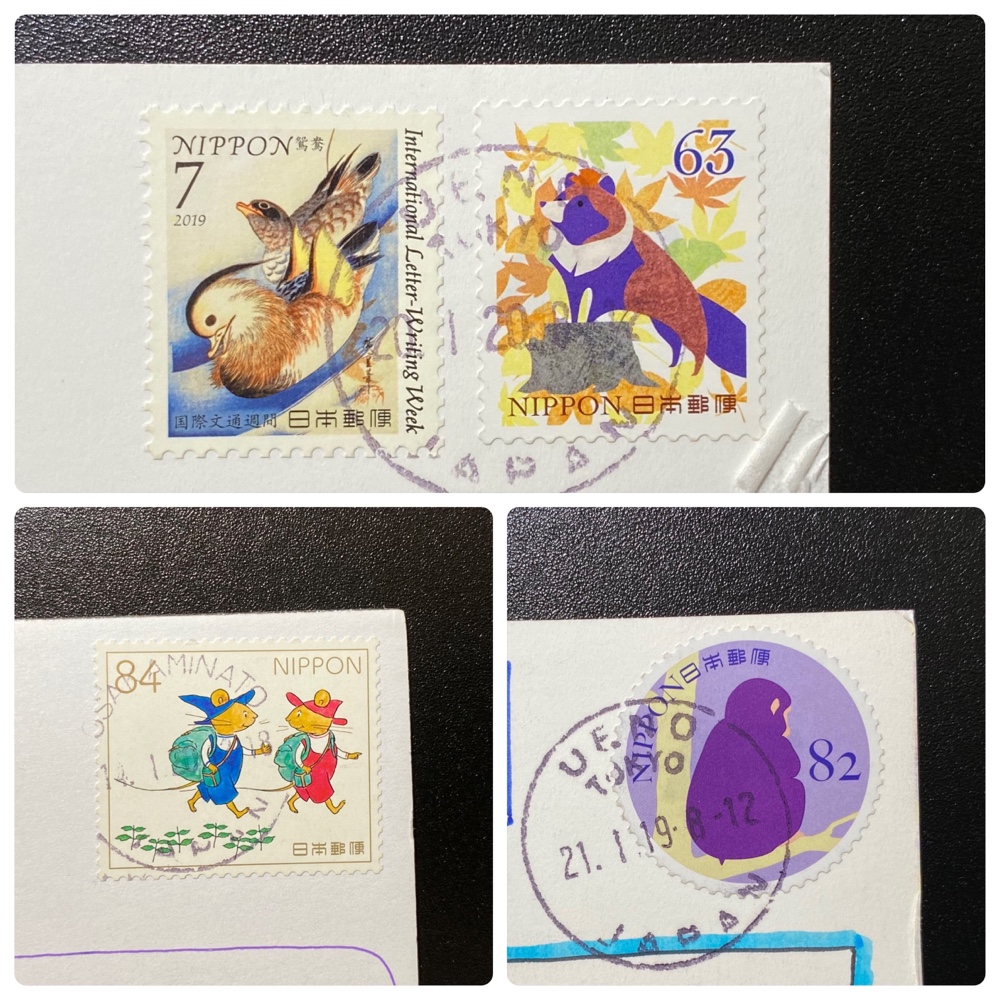Yesterday I received this card, my 350th from Postcrossing:

I’ve been a member now for 28 months, and in that time have sent 371 cards to 42 countries and received 354 from 42 countries. In total 49 countries have been represented, since there’s some I’ve sent to but not received from and vice versa.

People from 248 countries use the service, so I’ve only interacted with about 20% of the possible destinations. The ‘rarest’ for me has been the Bahamas: with only 20 members it was quite unusual for me to have sent a card there! The ‘rarest’ country I have received a card from is the Aland Islands, which has only 33 registered users.

Approximately one third (114) of the cards I have sent have gone to German users, with Russia (46) and The Netherlands (27) next in line. As far as received cards once again Germany wins (with 93 received) and Russia takes second (48) with China third at 21.
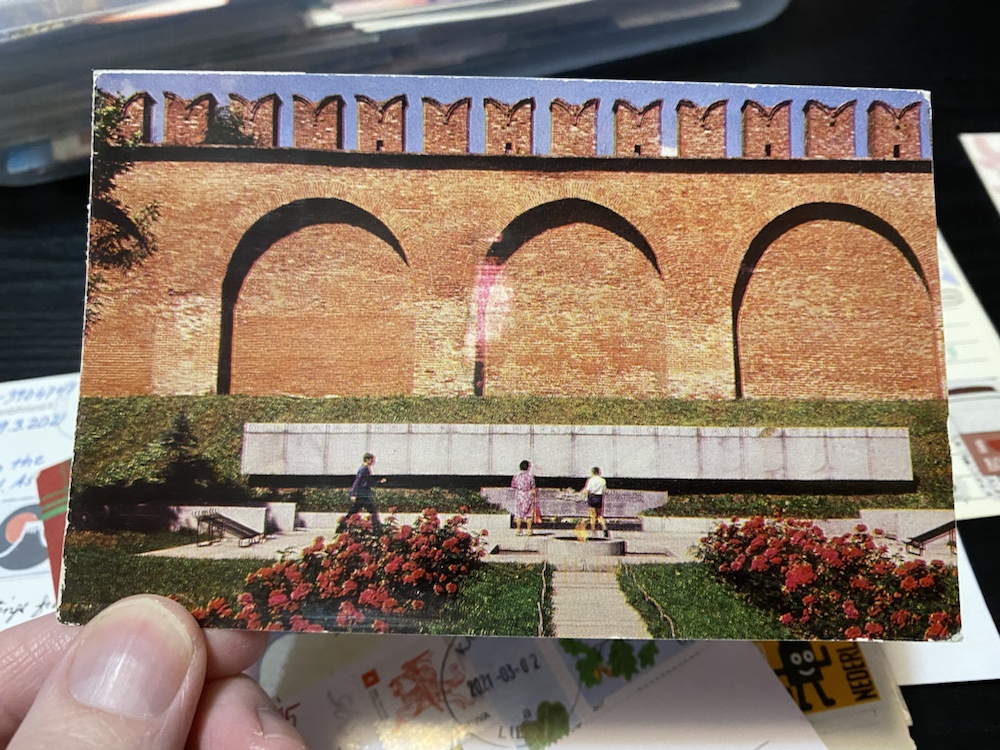
I’ve sent enough cards that the duration of international mail can be determined from my statistics, although I expect these are somewhat compromised due to the covid interruptions. That said Australia has an average travel time of 40 days, Japan 15, Germany 12 and the UK only 8. The longest average travel time is Turkey, at an amazing 85 days (based on 4 sent cards)!

The longest time for a receiver to get a card I sent them is still South Africa (115 days) and the shortest was a user in Lichtenstein who got my card only 5 days after I posted it here at my local post office!
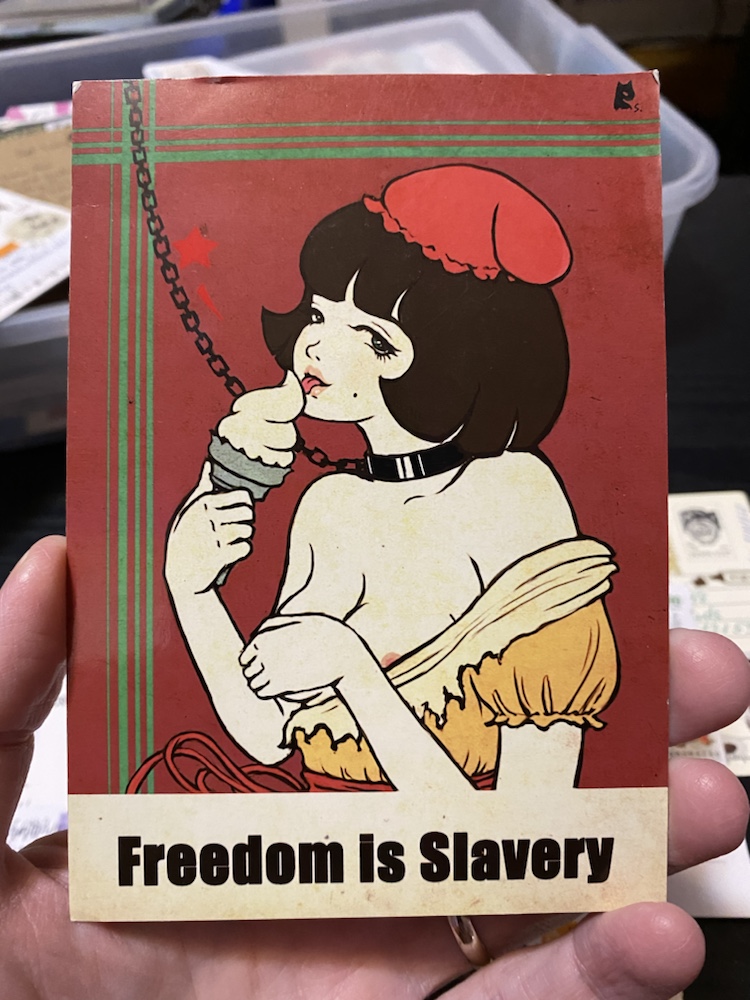
For received cards, I got one from Hungary a whopping 175 days after it was posted, and one from Jordan 126 days after. Both of these were long enough that Postcrossing had marked both as lost, but I was able to register them anyway.

It’s not an inexpensive hobby! Each card costs me about $1 on average (including the ones I have printed myself) and international postage is $1.20, so the hobby costs me about $0.96/day on average. The cost is increasing, since as time goes on I can send an ever-increasing amount of cards (I’m at 16 simultaneous now) and I usually always send a new card whenever I can 🙂
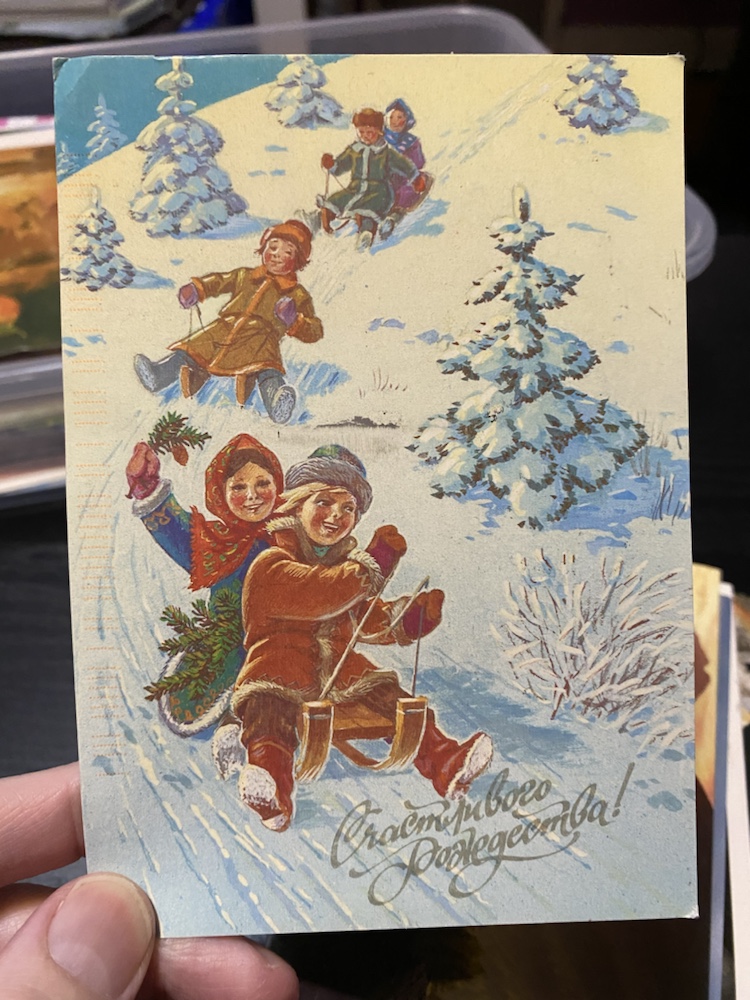
Unsurprisingly the vast majority of cards in the last year have mentioned covid and the effect it has had on all our lives. Some have even mentioned losing loved ones or jobs from covid, and in recent months vaccine frustrations (especially from European senders) has also been common. Postcrossers tend to love travel as well, so a common hope is that we can defeat this virus and people can start traveling again.

It’s still a delight getting every card, reading the messages and looking at the stamps. 350 is a lot of cards to have received (I’m ranked about 3500th amongst USA users) but for me it’s just a start 🙂
